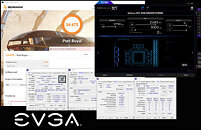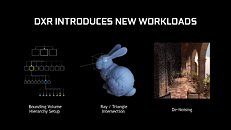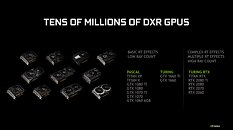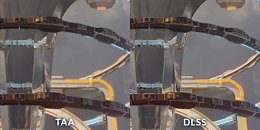
ASUS ROG Astral GeForce RTX 5090 OC Edition Breaks Six Overclocking Records
ASUS Republic of Gamers (ROG) announced today that the ROG Astral GeForce RTX 5090 OC Edition graphics card has broken four world records and two global first place records in 3DMark Port Royal, 3DMark Fire Strike Extreme, 3DMark Time Spy Extreme, UNIGINE Superposition 1080p Xtreme, UNIGINE Superposition 8K Optimized, and GPUPI v3.3 32B.
ROG Astral is the flagship ASUS graphics cards family, and this OC Edition achieves a stunning boost clock speed of 2580 MHz right out of the box. A cutting-edge thermal solution keeps the heavyweight GeForce RTX 5090 GPU cool: a bold quad-fan design and phase-change GPU thermal pad ensure healthy temperatures that boost hardware longevity. Plus, a vapor chamber helps prevent heat buildup - offering one more layer of protection to keep performance at its peak. This card also packs premium power delivery to make sure the GPU gets stable, reliable power.
ROG Astral is the flagship ASUS graphics cards family, and this OC Edition achieves a stunning boost clock speed of 2580 MHz right out of the box. A cutting-edge thermal solution keeps the heavyweight GeForce RTX 5090 GPU cool: a bold quad-fan design and phase-change GPU thermal pad ensure healthy temperatures that boost hardware longevity. Plus, a vapor chamber helps prevent heat buildup - offering one more layer of protection to keep performance at its peak. This card also packs premium power delivery to make sure the GPU gets stable, reliable power.











































